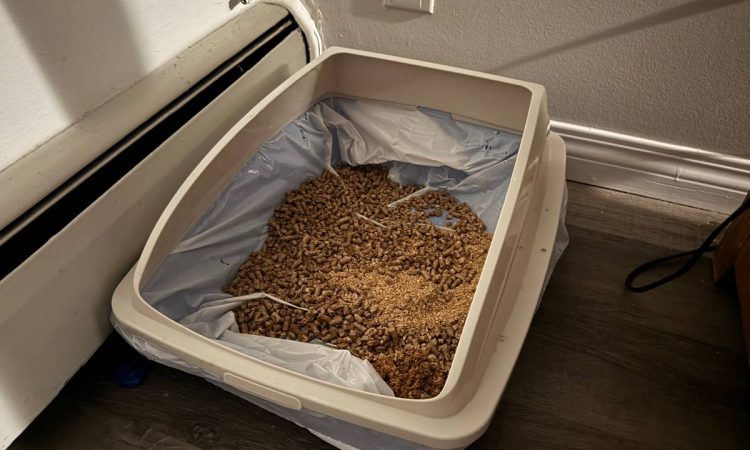
Keeping your cat’s litter box clean is essential for both your cat’s health and the overall hygiene of your home. Knowing when to change cat litter can be a bit tricky, but there are simple ways to stay on top of it and avoid unpleasant odors. Here’s how you can maintain a fresh-smelling home and ensure your cat’s litter box is always clean.
The Importance of a Clean Litter Box
Health Benefits for Your Cat
A clean litter box promotes good health. Cats are naturally clean animals, and a dirty litter box can lead to various health issues, including urinary tract infections and respiratory problems. Regular cleaning ensures your cat remains healthy and happy.
Reducing Odors
A clean litter box prevents odors. Cat urine and feces can produce strong, unpleasant smells. By changing the litter regularly, you can prevent these odors from permeating your home.
Signs It’s Time to Change the Cat Litter
Strong Odors
Noticeable smell is a clear sign. If you start to detect a strong odor coming from the litter box, it’s a sign that the litter needs to be changed. Even if you scoop regularly, the litter itself can become saturated and start to smell.
Visual Cues
Discoloration and clumps. When the litter changes color or you see large, stuck-together clumps, it’s time for a full change. These signs indicate that the litter has absorbed as much as it can and is no longer effective.
Cat Behavior
Changes in your cat’s behavior can be a sign. If your cat starts avoiding the litter box or seems reluctant to use it, it might be because the box is too dirty for their liking. Cats are very particular about cleanliness and will find other places to relieve themselves if the litter box is not up to their standards.
How Often to Change Cat Litter
Clumping Litter
For clumping litter, it’s generally recommended to scoop out waste daily and change the litter completely once a week. This ensures that any residual odors or waste are removed, keeping the litter box fresh.
Non-Clumping Litter
For non-clumping litter, you should change the entire litter box more frequently, typically two to three times a week. Non-clumping litter doesn’t trap moisture and odors as effectively, so it requires more frequent changes to maintain cleanliness.
Silica Gel Litter
Silica gel litter can last longer, often up to a month, depending on the number of cats using the litter box. However, it’s still important to stir the litter daily and scoop out solid waste to keep it fresh.
Tips for Maintaining a Clean Litter Box
Regular Scooping
Scoop daily. Remove solid waste and clumps from the litter box every day. This not only helps control odors but also keeps the litter box more pleasant for your cat to use.
Deep Cleaning
Deep clean the litter box regularly. At least once a month, empty the litter box completely and wash it with warm water and mild detergent. Make sure to dry it thoroughly before adding fresh litter. This helps to remove any lingering odors and bacteria.
Use Baking Soda
Add baking soda to the litter. Sprinkling a small amount of baking soda into the litter can help neutralize odors. Be careful not to use too much, as some cats may find it off-putting.
Choose the Right Litter
Select the right type of litter for your cat. Different cats have different preferences. Some may prefer clumping litter, while others might do better with silica gel or non-clumping varieties. Experiment to find what works best for your cat and helps control odors effectively.
Keeping your cat’s litter box clean is crucial for their health and your home’s hygiene. By knowing when to change the cat litter and following a few simple maintenance tips, you can ensure a fresh and odor-free environment for both you and your feline friend. Remember to scoop daily, change the litter regularly, and deep clean the litter box monthly. Your cat will appreciate the clean space, and you’ll enjoy a fresher-smelling home.

